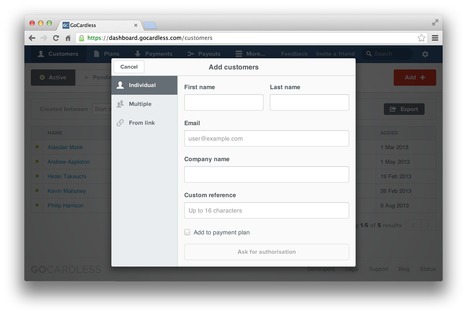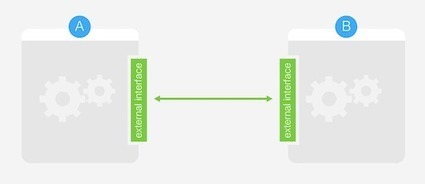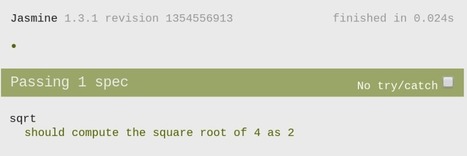Let's look at how to test an AngularJS application with Protractor and Karma!
Part 1 - In the first part we’ll look at unit tests, which ensure that small, isolated pieces of code (e.g., a unit) behave as expected.
Part 2 - In part two we’ll address E2E tests, which verify that all the pieces of code (units) fit together by simulating the user experience through browser automation.




 Your new post is loading...
Your new post is loading...



























Part 2:
http://mherman.org/blog/2015/04/26/testing-angularjs-with-protractor-and-karma-part-2/